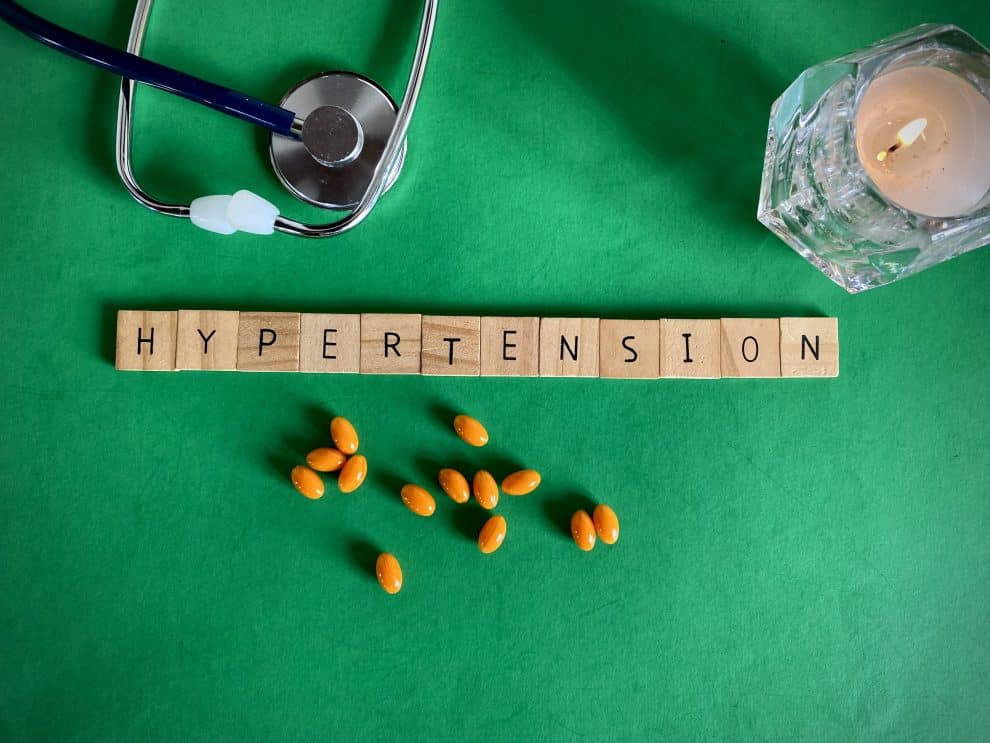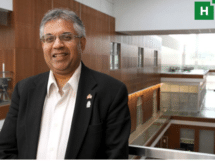In rural China, where blood pressure control rates are poor, especially in rural areas, an intervention led by village doctors is proving successful in addressing the issue.
In China, hypertension is a serious public health problem as it has increased almost 400 percent from 1980 to 2015 – from an estimated 59 million to 244.5 million – and has accounted for over 2 million deaths or 24.6 percent of all-cause mortality.
A latest study published by the Lancet, the community health workers, or “village doctors,” successfully treated people with uncontrolled high blood pressure in 326 villages in rural China.
“This feasible, effective, and sustainable implementation strategy could be scaled up in rural China and other low-income and middle-income countries for hypertension control,” a new Tulane University study in The Lancet says.
In the cluster-randomized trial known as the China Rural Hypertension Control Project, between May 8 and November 28, 2018, 33 995 individuals from 163 intervention and 163 control villages were enrolled for the study.
The study included nearly 34,000 adults aged 40 years and older comprising people with blood pressure levels of 140/90 mm Hg or higher who were not being treated when the study began, people with blood pressure levels 130/80 mm Hg or higher who were taking blood pressure medication; and people with blood pressure levels 130/80 mm Hg or higher who also had a history of clinical cardiovascular disease.
In the intervention group, trained village doctors initiated and evaluated antihypertensive medications according to a standard protocol with supervision from primary care physicians.
Village doctors also conducted health coaching through home blood pressure monitoring, advocated lifestyle changes, and urged for medication adherence.
During the study, 57 percent of patients who were examined or coached by the village doctors were able to lower their blood pressure below 130/80 mm Hg and 77 percent had blood pressure levels lower than 140/90 mm Hg.
Compared with enhanced usual care, village doctor-led intervention resulted in statistically significant improvements in blood pressure control among rural residents in China, says the study.
High blood pressure is a leading cause of heart disease and early death and the problem is especially severe in rural China where little more than 5 percent of hypertension patients have their blood pressure under control. One-quarter of about 1·4 billion people who have hypertension worldwide are in China. The Global Burden of Disease (GBD) showed that hypertension had become the primary contributor to disability-adjusted life years in China, contributing to 24.6 percent of all-cause mortality.
The proportion of lost life years from an early death caused by hypertension in cardiovascular and cerebrovascular disease is 64.5 percent and 72.8 percent respectively, ranking first among all risk factors of cardiovascular and cerebrovascular diseases. The Healthy China Initiative (2019−2030), which was initiated by the Chinese government in 2019, has established goals for hypertension prevention and control such as regular blood pressure (BP) monitoring for adults aged 18 years or older, increasing awareness rates, and normalizing the management, treatment, and control of hypertension.
China CDC has conducted multiple hypertension-related campaigns such as advocating for salt reduction, weight loss, and increased physical activity.
The Chinese government expects that under the framework of the Healthy China 2030 Program, the control rate of hypertension may increase in the next 10 years to 50 percent or higher by increasing both the awareness rate in the population and control rate in treated hypertensive patients to 70 percent or higher.

















